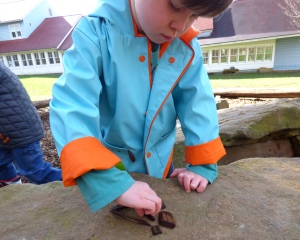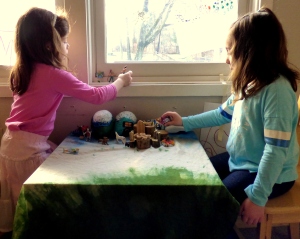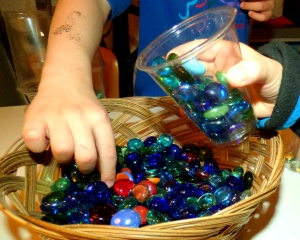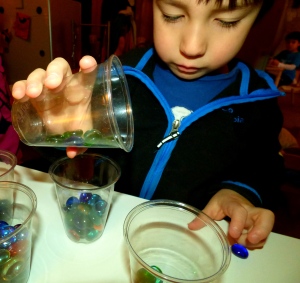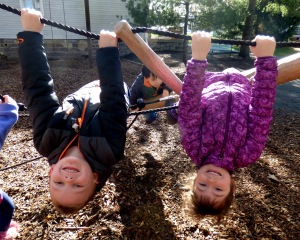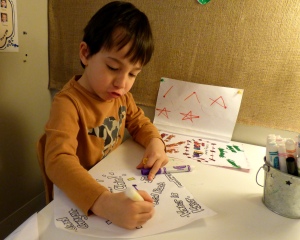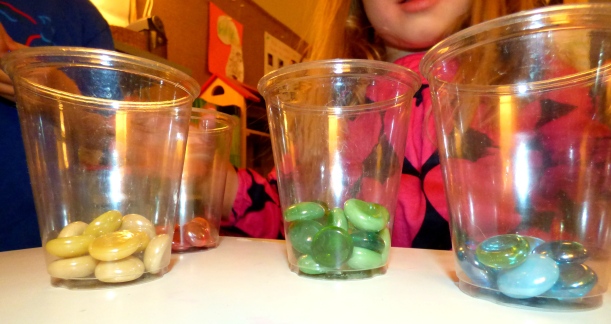 Between the ages of 3-6, children spend large amounts of time honing their fine motor skills. As adults, we take controlling the tiny ballet of movement within our hands and wrists for granted. Children, developing from the trunk outward, have a much better grasp of motions involving their entire arm. This is why many young creators use both a fist grip and large sweeping motions either from their elbow or shoulder. Practice controlling these muscles is the only way provide growth. The funny thing is that children are built to learn this skill. They naturally seek out activities that hone their use of all the fine motor muscles. Below are some of the ways children choose to practice in our class.
Between the ages of 3-6, children spend large amounts of time honing their fine motor skills. As adults, we take controlling the tiny ballet of movement within our hands and wrists for granted. Children, developing from the trunk outward, have a much better grasp of motions involving their entire arm. This is why many young creators use both a fist grip and large sweeping motions either from their elbow or shoulder. Practice controlling these muscles is the only way provide growth. The funny thing is that children are built to learn this skill. They naturally seek out activities that hone their use of all the fine motor muscles. Below are some of the ways children choose to practice in our class.
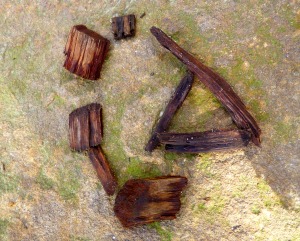 Arranging and creating designs using found objects.
Arranging and creating designs using found objects.
Manipulating small toys.
Hanging.
The most recognizable one: choosing to color or draw as a fun past-time.
All of these activities are self chosen. Of course we incorporate many other opportunities for fine motor use throughout the day, but I find the ones they choose most interesting.

